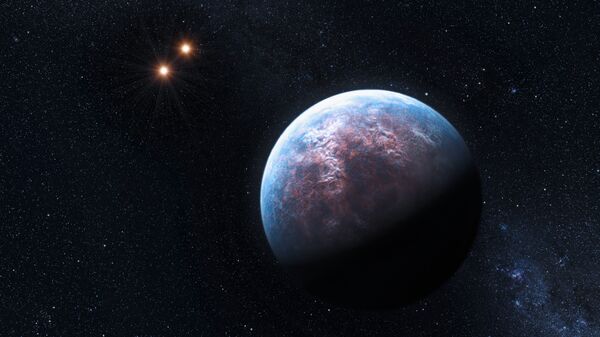Despite the fact that potentially habitable planets closest to Earth are being bombarded by deadly UV radiation, astronomers Lisa Kaltenegger and Jack O'Malley-James of Cornell University, now postulate that life can theoretically exist even in such inhospitable conditions.
The astronomers arrived at this conclusion by modelling the surface UV environments of the four potentially habitable exoplanets closest to Earth — Proxima-b, TRAPPIST-1e, Ross-128b and LHS-1140b – and then comparing the models to Earth’s history.
And, since life on Earth managed to endure those hostile conditions and evolve into what we can behold today, there’s no reason why lifeforms on other planets cannot do the same, they claimed.
"Given that the early Earth was inhabited, we show that UV radiation should not be a limiting factor for the habitability of planets orbiting M stars. Our closest neighboring worlds remain intriguing targets for the search for life beyond our solar system", the researchers wrote.


